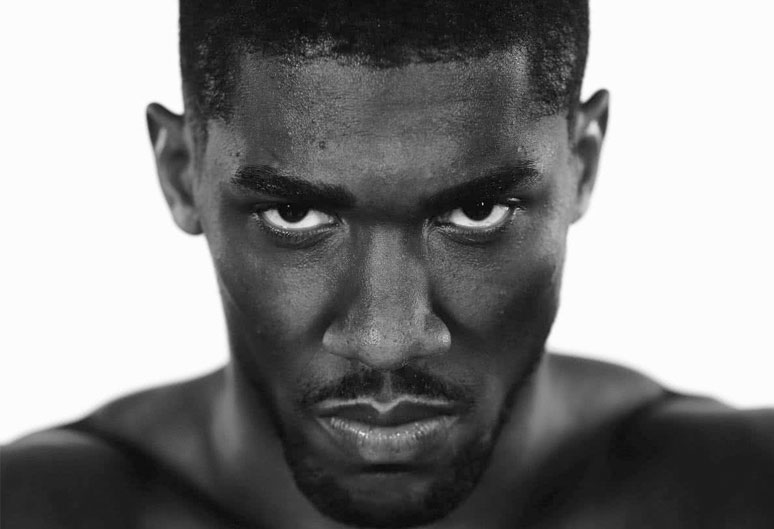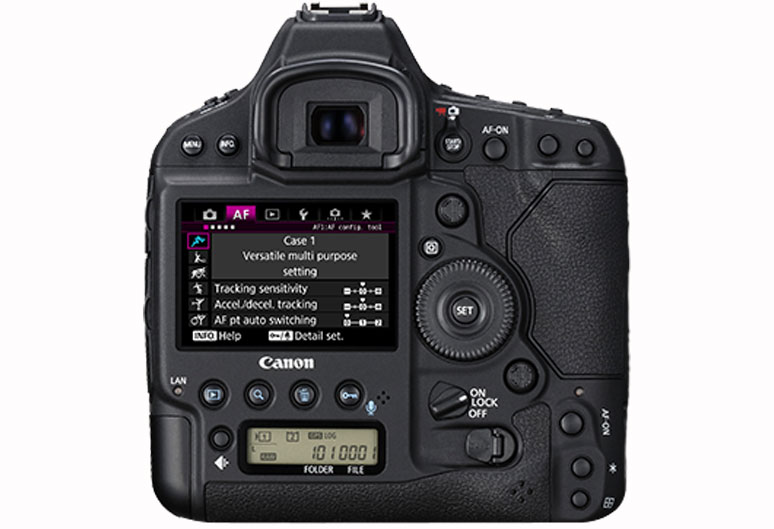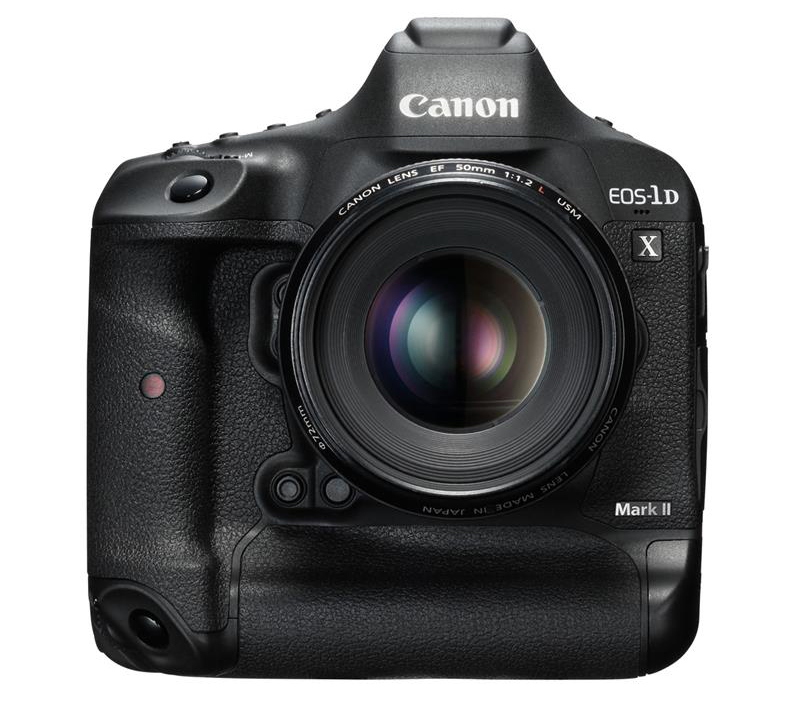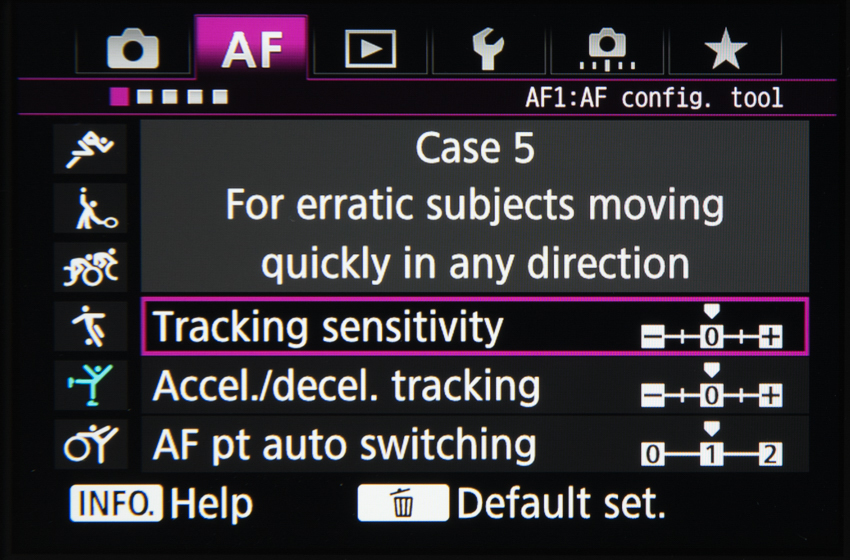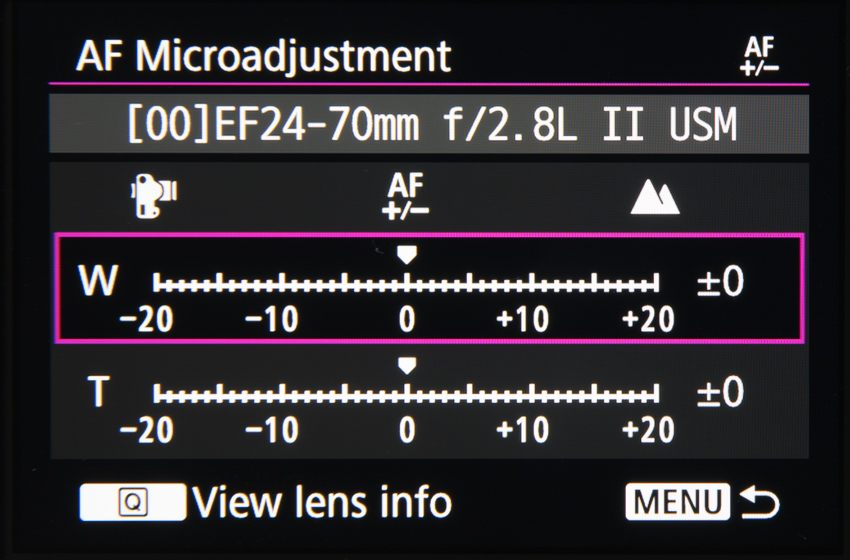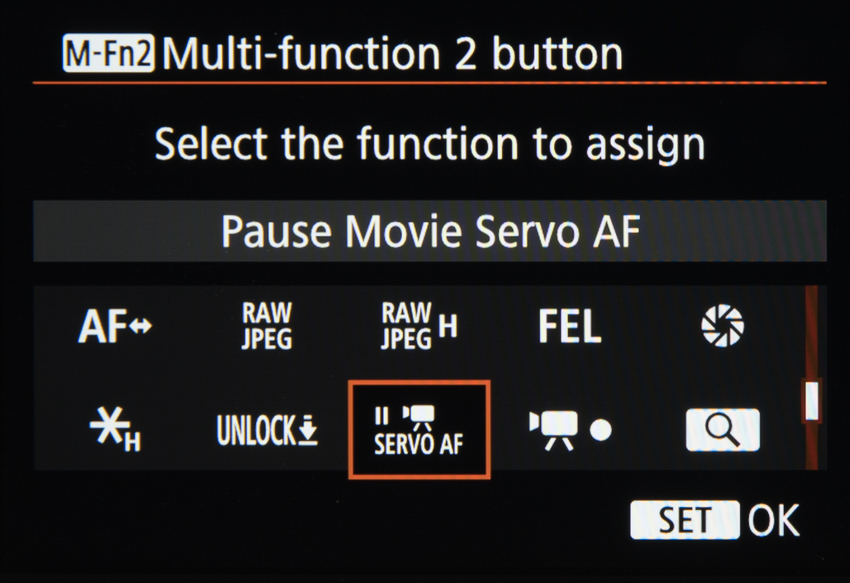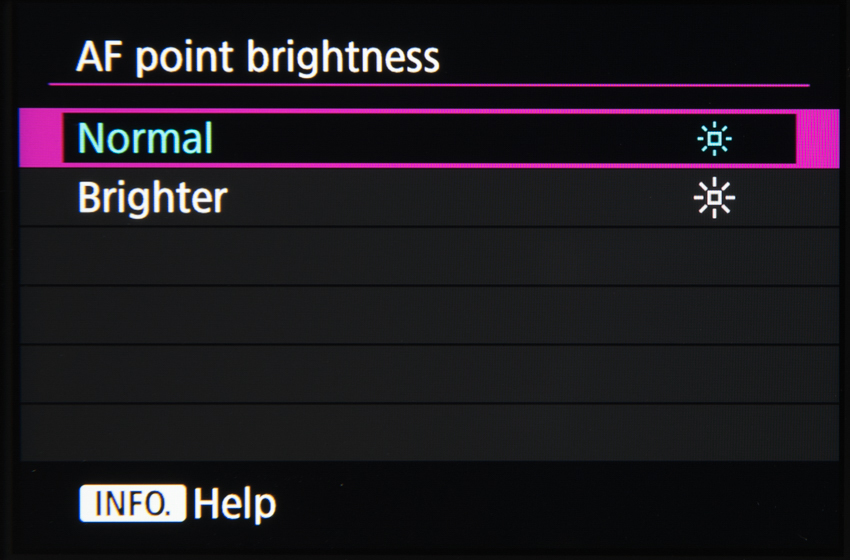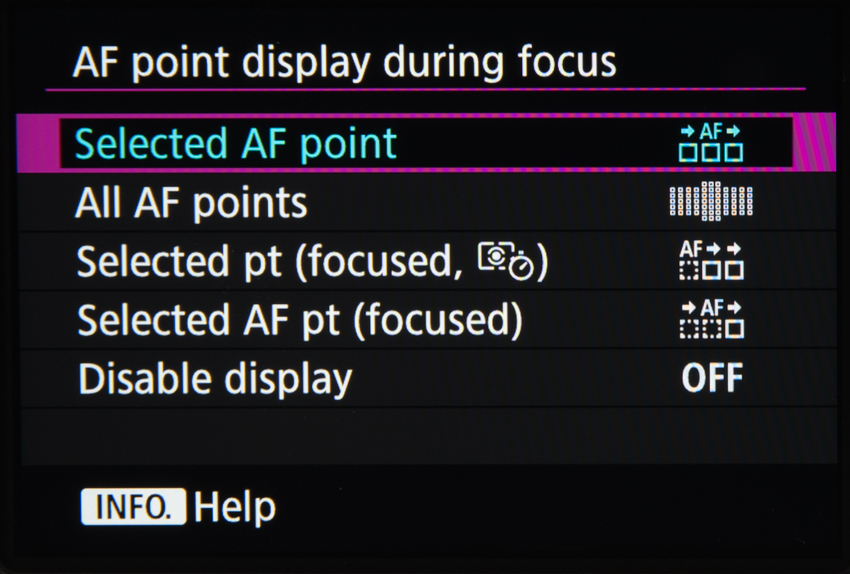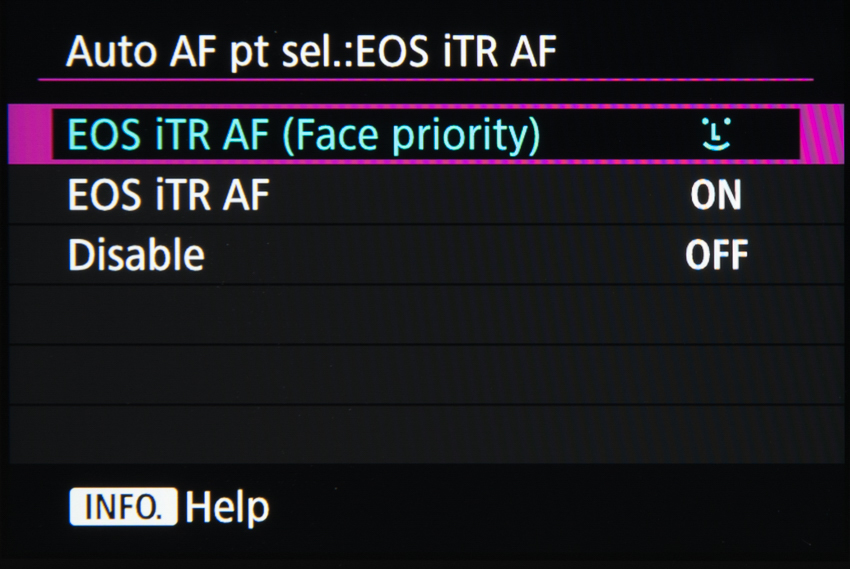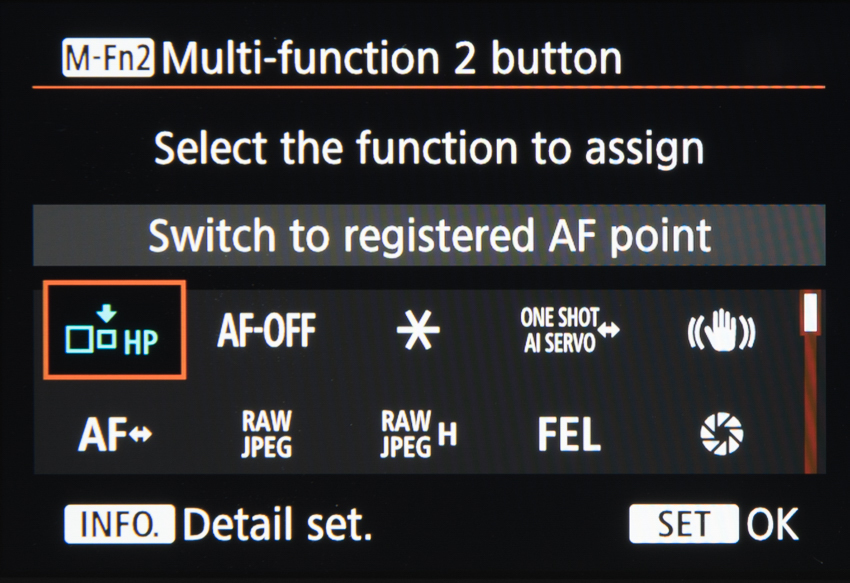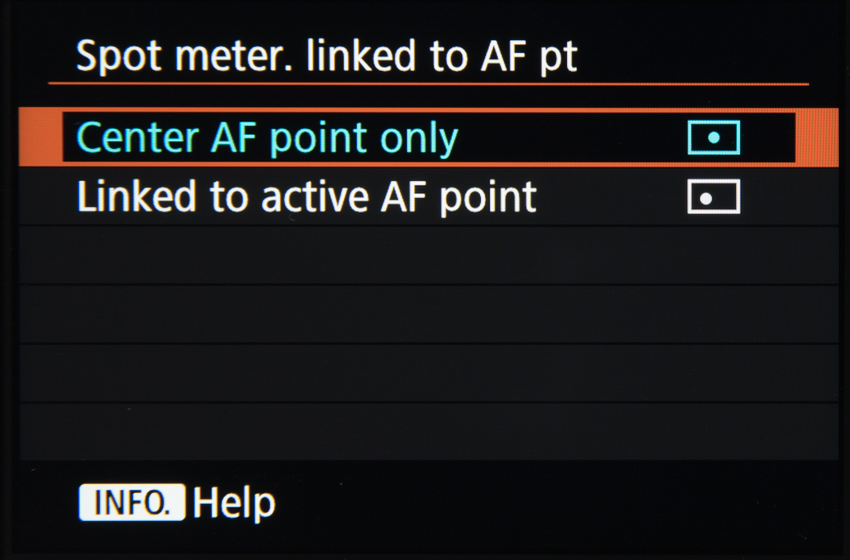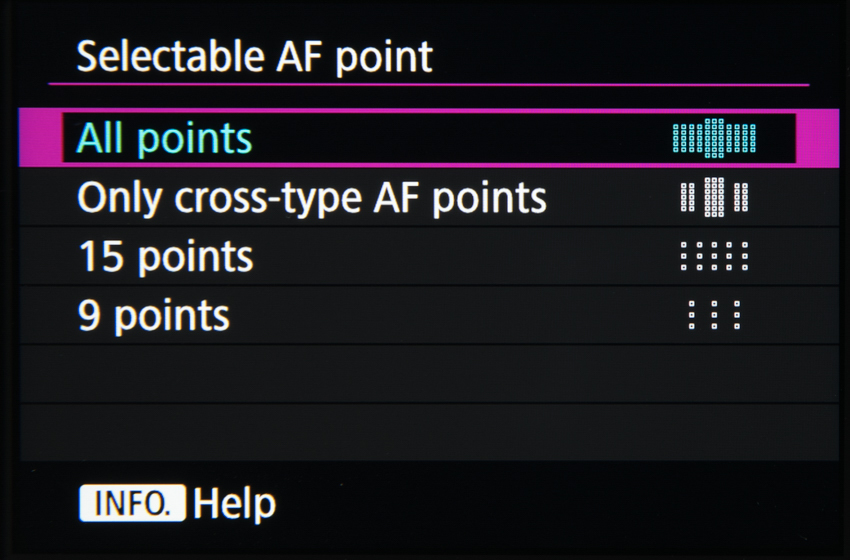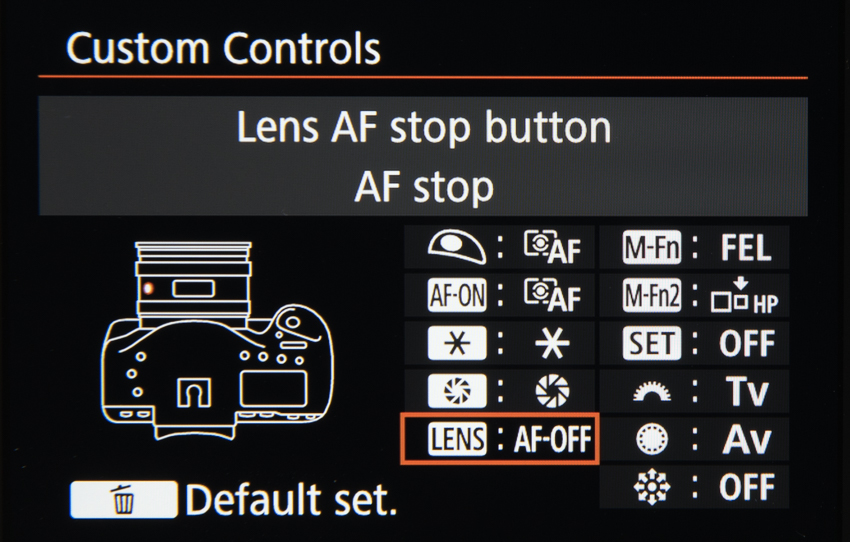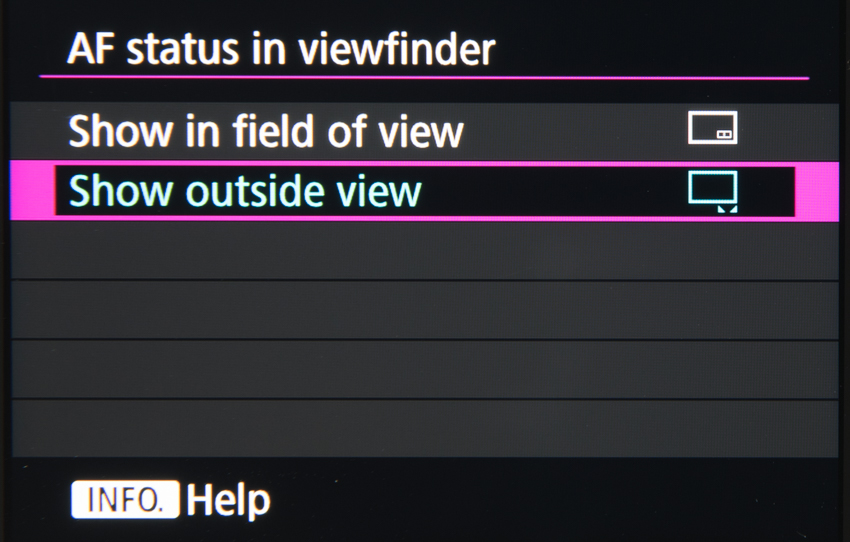We grab a quick chat with pro sports photographer Dickie Pelham about his time with the latest Canon flagship DSLR
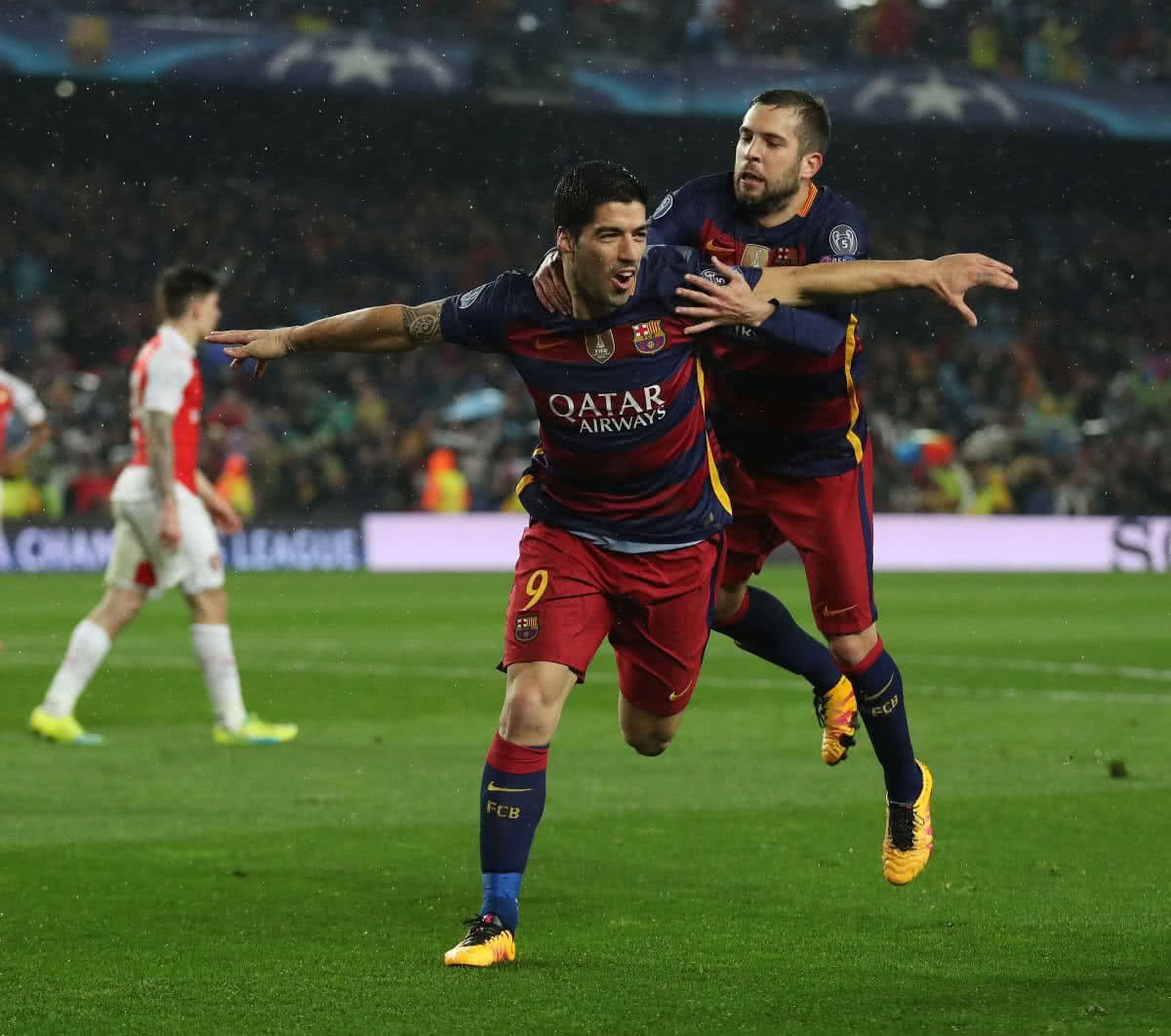
All images in this post were taken by Richard Pelham on the Canon EOS 1D X Mark II
Pro sports photographer Dickie Pelham has had the opportunity to test out a pre-production sample of the EOS 1DX Mark II. Chief sports photographer for The Sun newspaper, he’s been using the camera in a variety of situations, from fast-paced football games and boxing matches to detailed studio work.
We managed to grab a little time on the phone with Dickie, as he headed to Manchester for his next job, to chat about his experiences with the camera. For a more technical breakdown of some of the EOS 1D X’s features, take a look at Matt’s close-up examination of the autofocus system. For a quick rundown of Dickie’s first impressions, read on…
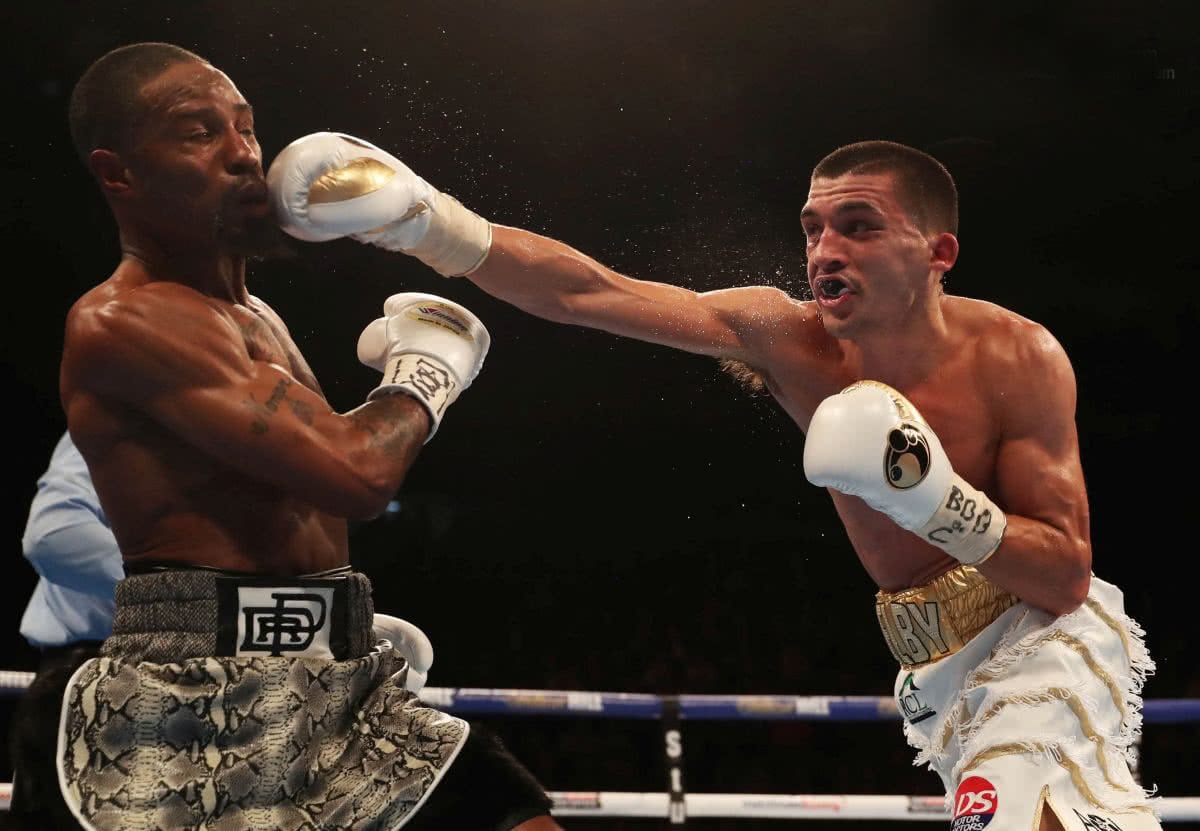
First impressions
Dickie says the first aspect of the EOS 1D X Mark II that impressed him was how much better it coped at high ISOs and in low light, which is a key factor when you’re shooting at ultra-fast shutter speeds.
‘You can really crank the ISO up on it,’ Dickie says. ‘And you don’t get any banding in the blacks, so you can really give it some. When I’m shooting boxing I can see beads of sweat coming off the boxers that aren’t disappearing into the background. On the 1D X Mark I you might not have got that.’
In the release announcement, Canon made much of the EOS 1D X Mark II’s beefed up autofocus, and in using the camera Dickie has found that the firm’s claims were certainly not exaggerated.
‘Autofocus is much, much better. It’s definitely been overhauled—it’s a lot faster, it locks on faster and stays locked on as well. I use it on the spot mode with the outer points as well, and it’s very nice.’

Dickie says that while he was blown away by the RAW results achieved with the Mark II (the words he used to describe them were: ‘Wow. Very, very good’), it was also important to note that the JPEGs it produced were also of exceptional quality – a necessary feature for sports work.
All this was nicely complemented by another headline feature, the improved motor drive which allows the EOS 1DX to shoot at blistering maximum frame rate of 16 fps.
‘I slowed it down to twelve frames per second,’ Dickie says. ‘That motor drive is just so beautiful, and so responsive. The motor drive makes it a different camera completely – it feels beautiful to fire up.’
He also found that the streamlined operational speeds were a welcome boost to workflow.
‘File transmission is definitely, definitely faster than the 1D X,’ he says. ‘It makes a big difference as well when you use the new CFast cards – I was lucky enough to get some cards out of Lexar to try it with, and they were very, very good for workflow.’
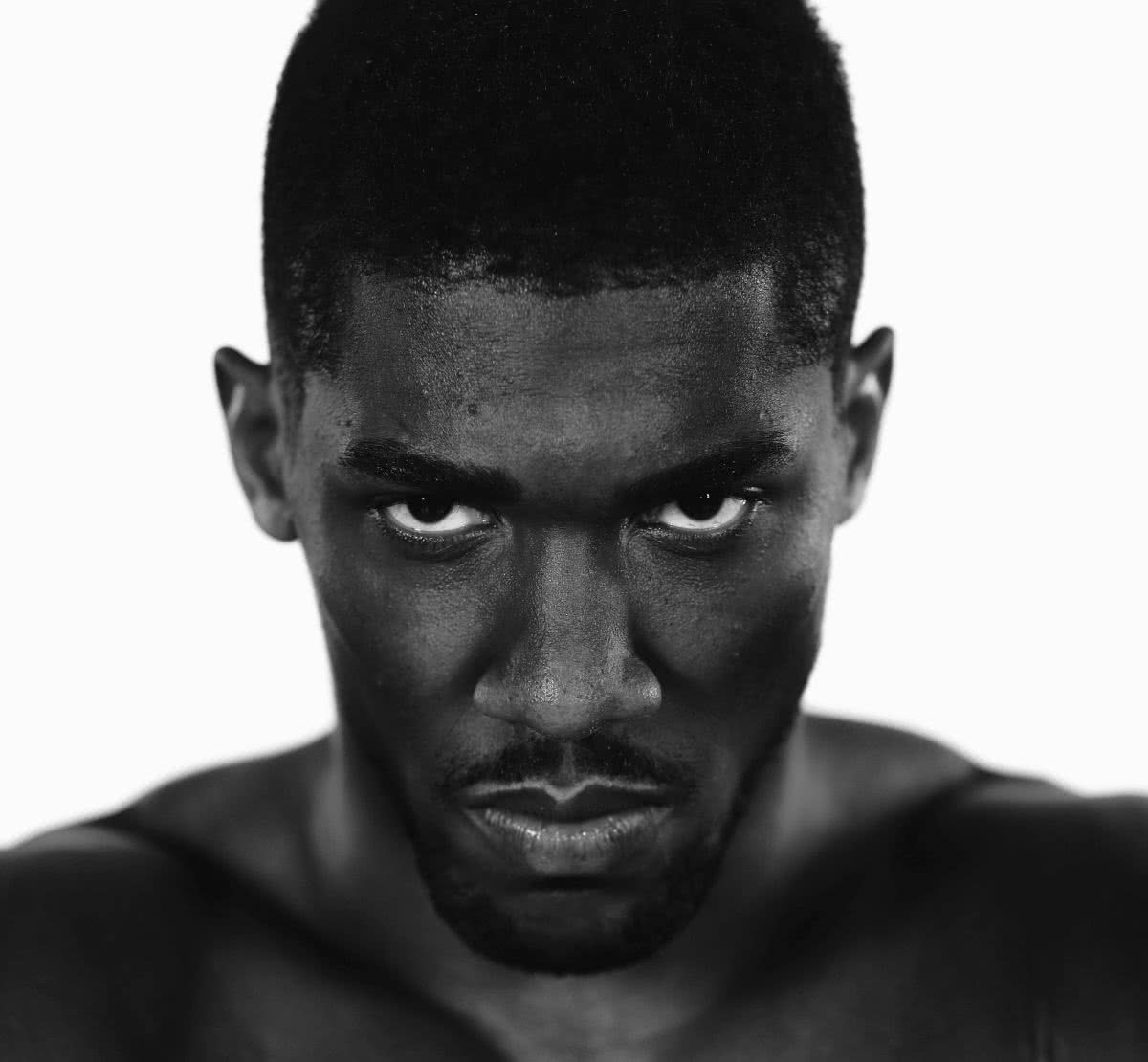
While this is of course hugely useful for sports and news photographers who need to get work done quickly, faster image transmission will be welcomed by snappers of all disciplines.
‘I was recently doing a big, big studio job, and we had 4,000 images to handle and caption and it just got done so quickly,’ Dickie says.
Getting used to the camera
We suggest it sounds very much like Dickie finds the camera not only useful from a technical standpoint, but also genuinely enjoyable to shoot with?
‘It is, yes,’ he says. ‘Also, a couple of people have said to me that some of their lenses in the past have been a little bit woolly, and now with the 1D X II they have gotten a lot sharper. And I have noticed that my 70-200mm is a lot sharper now that I’m using the Mark II. So maybe the camera complements the lens.’

Part of the enjoyment of the camera also sprang from the parts that Canon hasn’t overhauled. Dickie says he appreciates the “if it ain’t broke” approach that the manufacturer has taken to the menu system.
‘The menu has not changed one bit, so really you just take it out of the box and it’s like using an EOS 1D X Mark I,’ he says.
‘Old gits like me can’t be bothered to read manuals! You’ve got football mode, you’ve got cricket mode – you stick it on Number One and get on with it.’
Dickie switched to the original EOS 1D X two years ago, and while he says he’s never regretted that decision, the EOS 1D X Mark II has enough improvements to make the upgrade a no-brainer.
‘This camera has definitely gone up a gear,’ he says.

Dickie Pelham is chief sports photographer for The Sun. He can be found on Twitter @DickiePelham and at his website dickiepelham.com.

